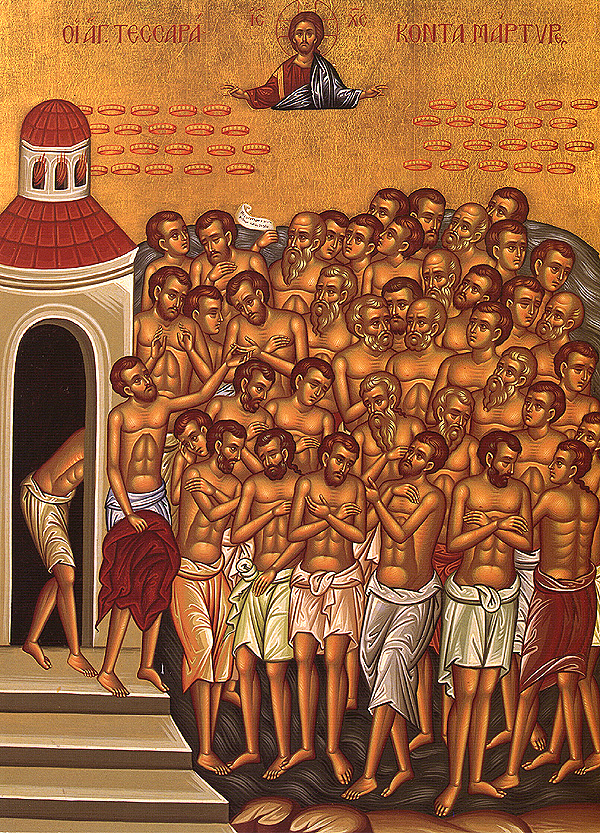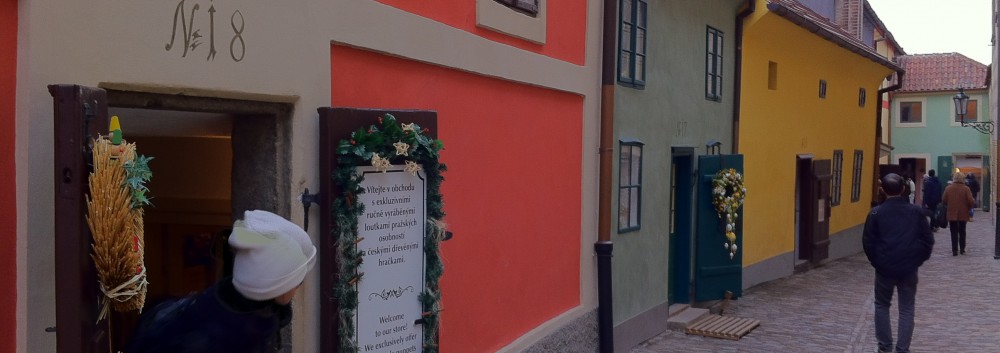
The Forty Martyrs of Sebaste were a group of Roman soldiers in the Legio XII Fulminata (“Armed with Lightning”) whose martyrdom in AD 320 for the Christian faith is recounted in traditional collections of records of the martyrs.
They were killed near the city of Sebaste, in a region known as Lesser Armenia (the present-day Sivas region of Turkey), victims of the persecutions of Licinius, who after AD 316, persecuted the Christians of the Eastern half of the Roman Empire. The earliest account of their martyrdom is given by St. Basil the Great (AD 370–379) in a homily he delivered on their feast day (March 9). The celebration of the Forty Martyrs is thus older than Basil himself, who preached about them only fifty or sixty years after their deaths.
According to St. Basil, forty soldiers who had openly admitted that they were all Christians were condemned by the prefect and sentenced to be exposed naked upon a frozen lake near Sebaste on a bitterly cold night so that they would freeze to death unless they renounced their Christian faith; if they renounced their faith, they would be welcome to warm themselves in the hot baths on the lakeshore. One of the soldiers yielded and, leaving his companions, sought the warm baths near the lake which but one of the guards who was set to keep watch over the martyrs saw a brilliant light surrounding the naked soldiers on the lake and he stripped off his clothes and announced that he was now a Christian. He joined the remaining thirty-nine and so the number of forty remained complete. (The soldier who denied his faith was killed, however, by the shock of the warm water after being so cold out on the ice. The icon above shows the apostate soldier entering the bathhouse while the newly-converted guard strips off his clothes to join the other 39 soldiers out on the ice.)
At daybreak, the stiffened bodies of the confessors, which still showed signs of life, were burned and the ashes cast into a river. Christians, however, collected the precious remains, and the relics were distributed throughout many cities; in this way, veneration of the Forty Martyrs became widespread, and numerous churches were erected in their honor.
There is a pious custom of baking “skylarks” (pastries shaped like skylarks) on this day, because people believed that birds sing at this time to announce the arrival of spring

We heard this story as children at Sunday school. It has always been very moving for me.
I’m glad to hear that. I am afraid too few people know about the 40 Martyrs any more.